Modern-day Israel contains many sacred Christian landmarks, but the most significant is the Church of the Holy Sepulchre, believed to house Jesus’ tomb.
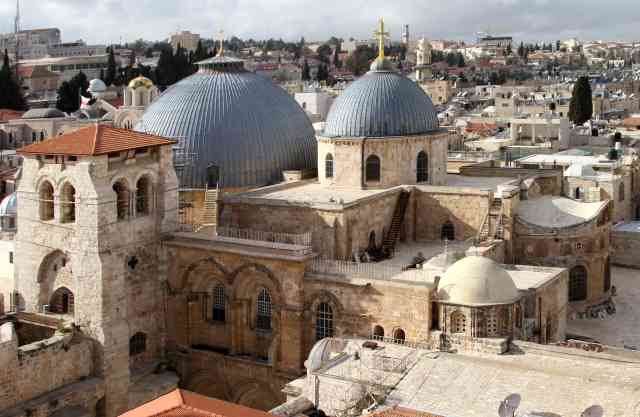
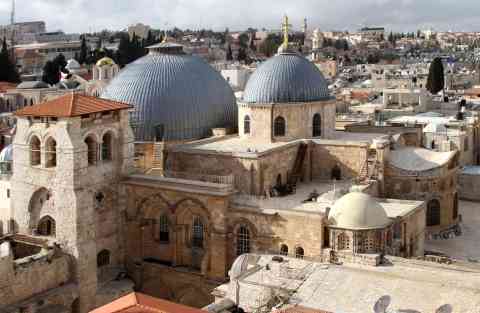
In October 2016, experts launched a long-anticipated restoration after years of decay and water damage. When a marble slab was lifted for the first time in centuries, it revealed a previously unknown discovery.
The most significant tomb in Christianity
According to the New Testament, Jesus’ burial place was located close to where he was crucified, with a structure built to contain both his body and the cross. While archaeologists have yet to find definitive evidence of the tomb itself, historians widely agree that the Church of the Holy Sepulchre marks the correct location.
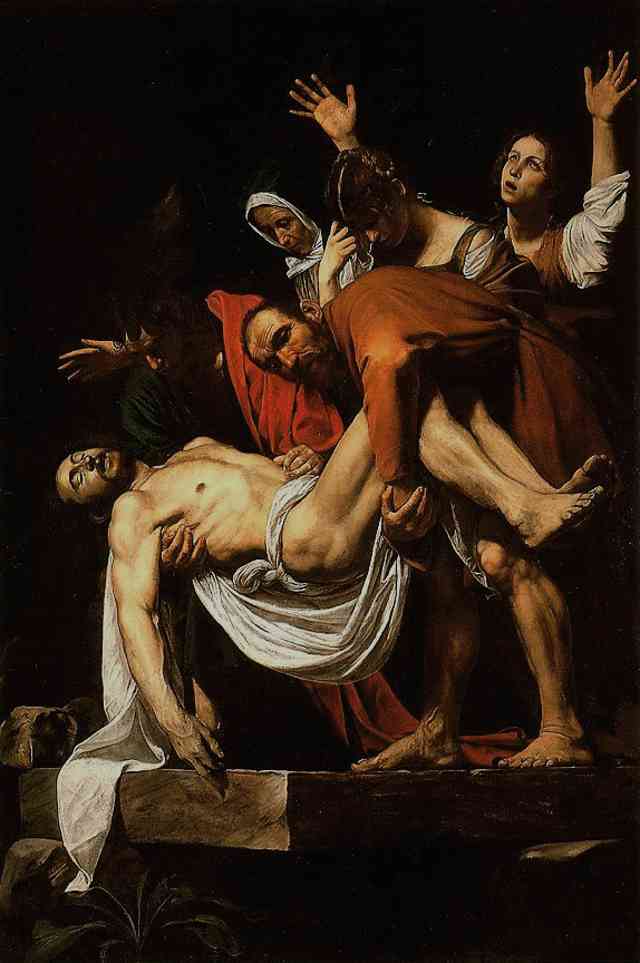
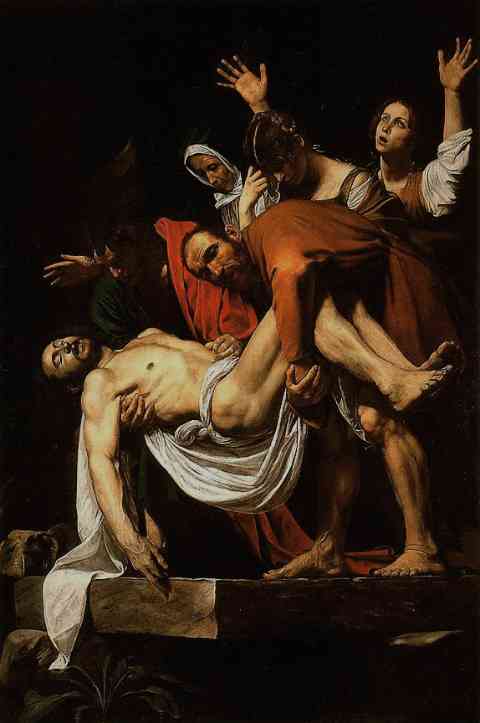
In 326 AD, Roman Emperor Constantine the Great commissioned the first church on the site, intending it to be his own burial place. Prior to this, he had sent his mother, Helena, to identify the precise location of Jesus' tomb—believed to have been rediscovered three centuries earlier with the help of Bishop Eusebius.
Early renovations
Since its establishment by Emperor Constantine’s mother, the Church of the Holy Sepulchre has experienced numerous changes, many driven by centuries of Crusader influence.
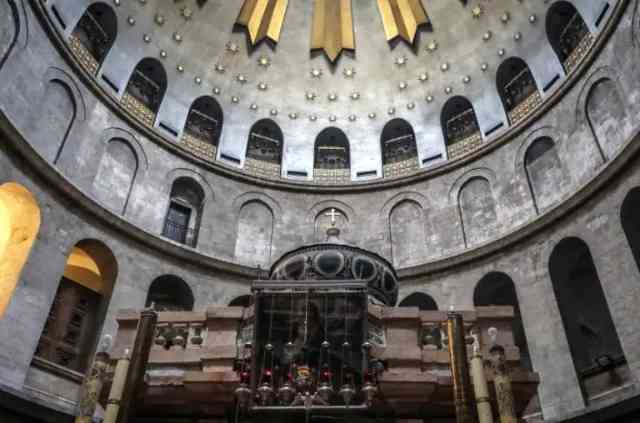
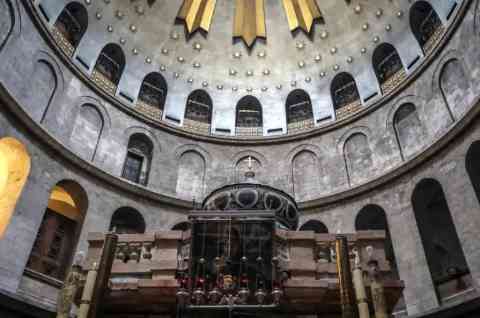
Following the collapse of the bell tower in 1545, Franciscan friars took charge of restoring the neglected church. One of their first efforts was cleaning the aedicule—the small shrine that houses Jesus’ tomb.
The tomb was closed off
In 1555, Franciscan monks sealed the burial site by covering the limestone tomb with a marble slab. This was done to safeguard the area and stop pilgrims from touching the stone where Jesus’ body was believed to have rested.
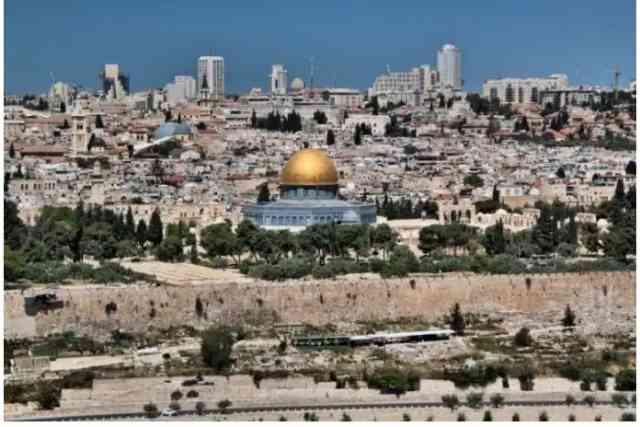
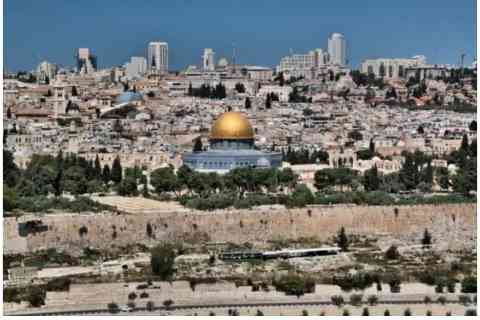
The tomb stayed sealed for hundreds of years. Archaeologists expressed interest in excavating further to find any archaeological proof of Jesus’ burial.
A lengthy wait
The Church of the Holy Sepulchre’s modern restoration was long overdue by several centuries. However, making changes to this revered Christian site is complex. Much of the challenge arises because the church is jointly managed by three major Christian denominations—Roman Catholic, Armenian Apostolic, and Greek Orthodox—who often disagree.
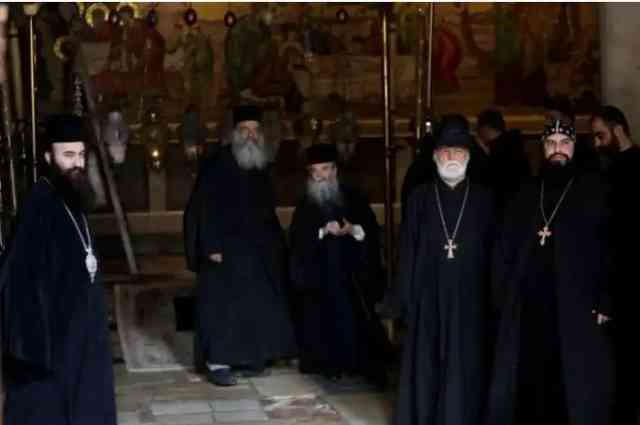
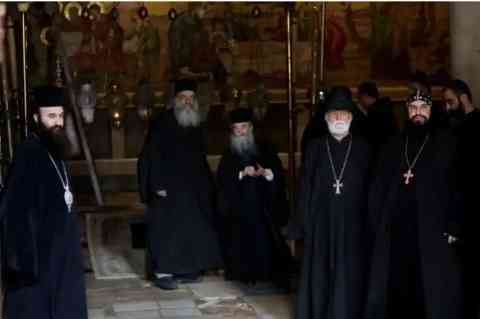
For over 250 years, there has been ongoing debate about removing the cedar of Lebanon staircase above the entrance. Known as the “immovable staircase,” it remains in place to this day. Despite these disagreements, the clergy decided to proceed with cleaning, unaware of the discoveries that awaited them.
Excavation and restoration efforts
In 1947, while under British colonial rule, iron scaffolding was installed around the Ottoman-era tomb to prevent its collapse. Later, in 2016, a preservation project was launched to protect this historic burial site of Jesus. Led by researchers from the University of Athens, the restoration involved archaeological excavations at the tomb, aiming to reveal its deepest secrets.
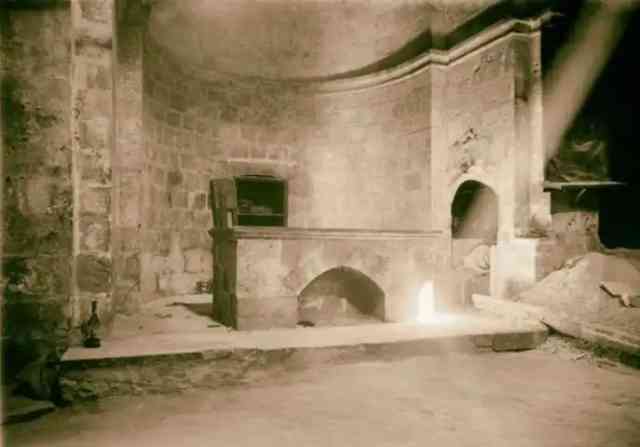
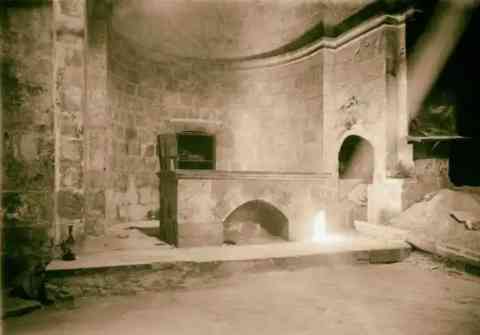
The emerging field of biblical archaeology strives to uncover—or challenge—the historical accuracy of the events and locations described in the Bible. The 2016 excavation was precisely designed with this purpose in mind. Thanks to modern technology, Bible scholars now have access to unprecedented amounts of information. The central question driving the researchers was whether the Church of the Holy Sepulchre’s royal tomb was truly the final resting place of Jesus.
Insufficient evidence
For a long time, scholars have doubted that the aedicule truly held Jesus’ tomb, partly because of numerous wars and natural disasters. Jerusalem was completely destroyed during the First Jewish-Roman War in 70 AD, just a short time after Jesus’ death. Adding to the uncertainty, only two physical artifacts linked to Roman crucifixions from Jesus’ era have ever been found—one near Jerusalem in 1968, and another in Italy in 2018.
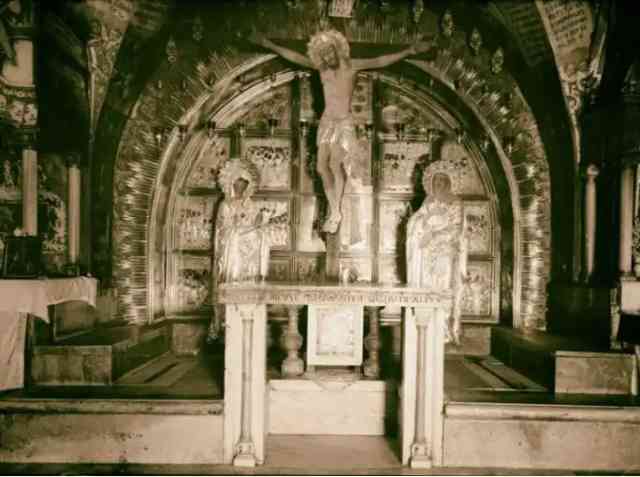
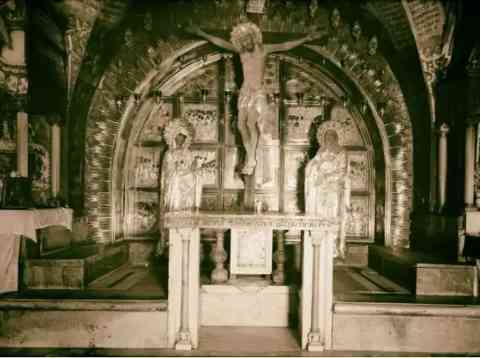
Moreover, given the church’s turbulent history of destruction and rebuilding by various conquerors, it’s unlikely the burial site remained untouched. The current focus is on removing mold and water damage, strengthening the deteriorating exterior, and ultimately excavating Jesus’ tomb. Recent digs nearby have raised hopes of uncovering something important.
Earlier findings
During excavations in the 1970s, researchers uncovered that the Church of the Holy Sepulchre was constructed to conceal the prior dominant religion before Christianity.
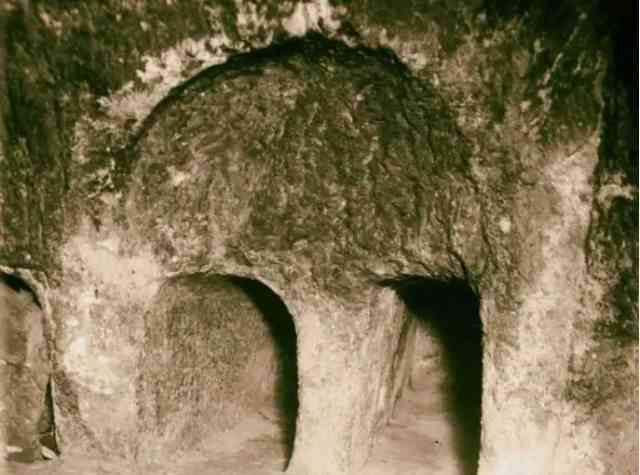
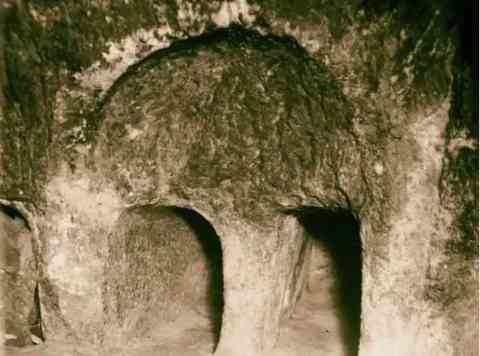
Long before Emperor Constantine’s rule, Emperor Hadrian had built a temple dedicated to the Roman gods Jupiter or Venus on the very site that Helena and Eusebius identified as Jesus’ tomb.
Virgil Canio Corbo
Virgilio Canio Corbo, a Franciscan priest and archaeologist who directed the 1970s excavations, proposed that the church complex stood roughly in the same place as during Emperor Hadrian’s era.
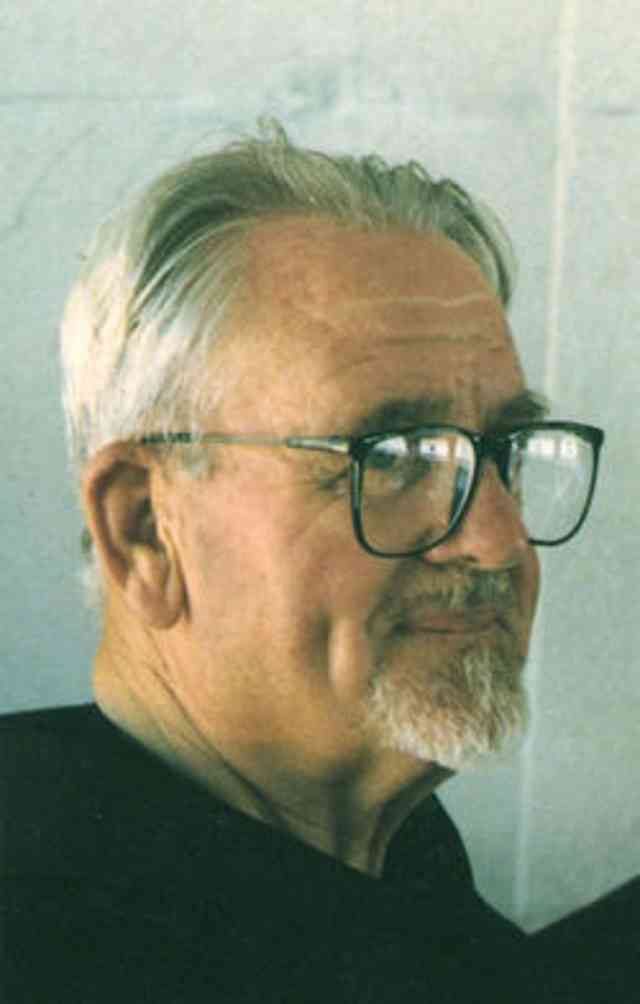
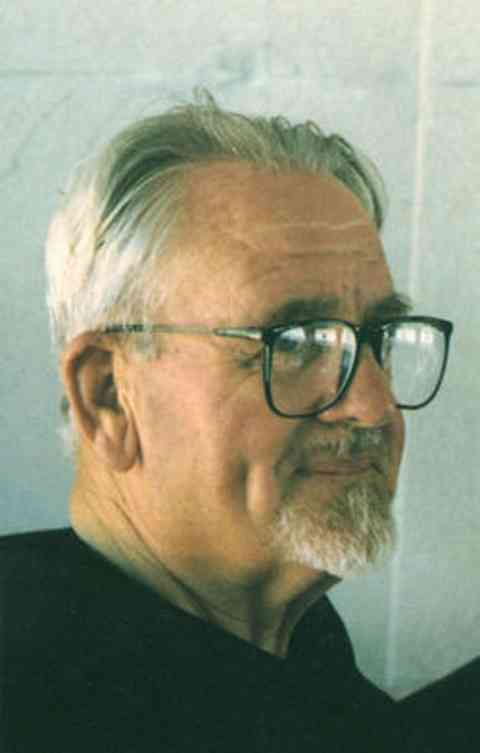
This would mean the location of the aedicule has remained unchanged since the second century. While Corbo’s theory has since been challenged, the positive takeaway is that additional evidence has emerged supporting the idea that this is truly the site of Jesus’ tomb.
Outside the city walls?
In the 20th century, additional excavations at the Church of the Holy Sepulchre uncovered new findings, including several rock-cut tombs and an ancient limestone quarry thought to be remnants of Constantine’s original church from 326 AD—details that align with biblical descriptions.
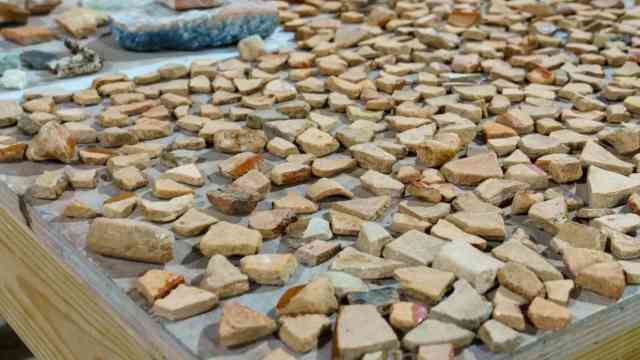
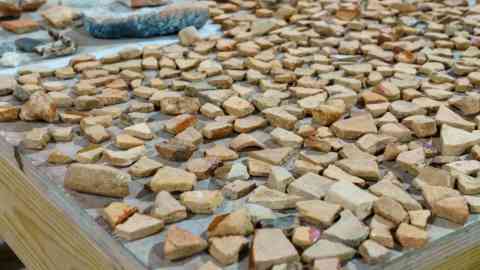
These discoveries help confirm the currently accepted location of Jesus’ tomb. A key question remains whether the actual site was outside Jerusalem’s walls at the time of Jesus’ burial. While the Bible says he was buried beyond the city walls, the church and tomb today lie within the Old City’s boundaries. However, other evidence suggests that immediately after Jesus’ death, the church stood outside the walls, which were later expanded. In this case, many pieces of evidence come together.
Approval granted
Following recent discoveries in and around the church, the monks of the Holy Sepulchre gave the Athens research team the go-ahead to start restoration efforts.
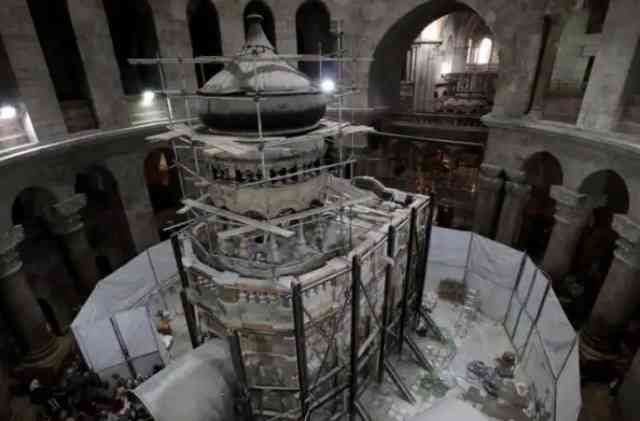
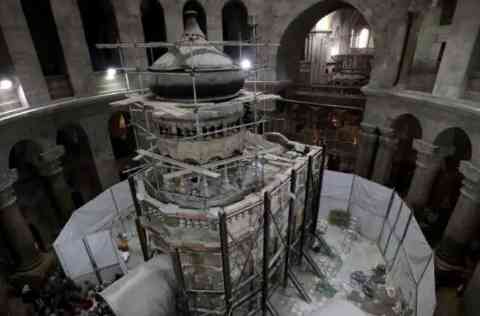
The team pledged to preserve the existing structure during their work. Restoration has now commenced, offering a rare chance to view the interior of Jesus’ tomb in an unprecedented way.
Damage repair
The restoration team spent ten months working on the building’s exterior, carefully removing mold and water damage by hand.
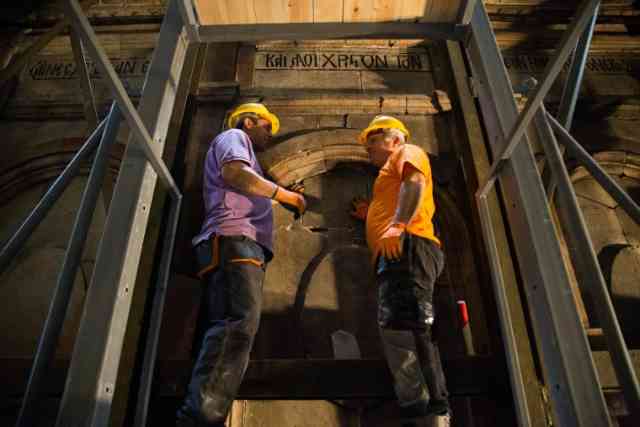
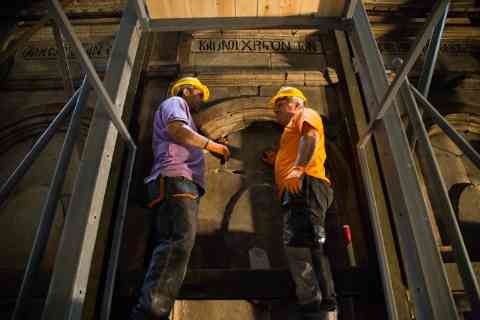
They also installed advanced screws to strengthen the walls and foundations, helping to preserve the structure for potentially several more centuries. However, the most crucial and anticipated phase of the project was deliberately saved for the end.
Unsealing the burial chamber
Remember the marble slab placed over the burial chamber by Franciscan monks in the mid-1500s to prevent countless pilgrims from viewing the site? For the first time since then, the restoration team was preparing to lift it. Both scientists and clergy had long anticipated this historic moment.
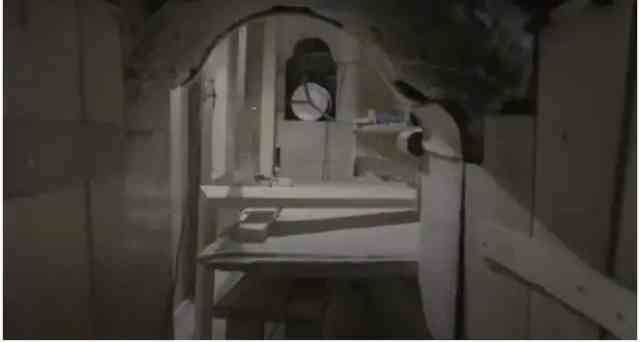
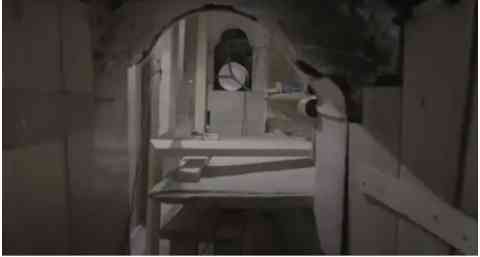
On October 25 and 26, 2016, the team worked tirelessly for sixty hours inside the Church of the Holy Sepulchre to carefully remove the slab. Every precaution was taken to avoid damaging the surrounding tomb. Yet, when the marble was finally lifted, the team expected to find nothing inside.
Hidden for centuries
Beneath the marble slab lay layers of dirt and debris that had gone untouched for thousands of years. This marked the first—and possibly only—time anyone had looked so deeply into the tomb chamber. After hours of carefully excavating and clearing the space, the team made an astonishing find.
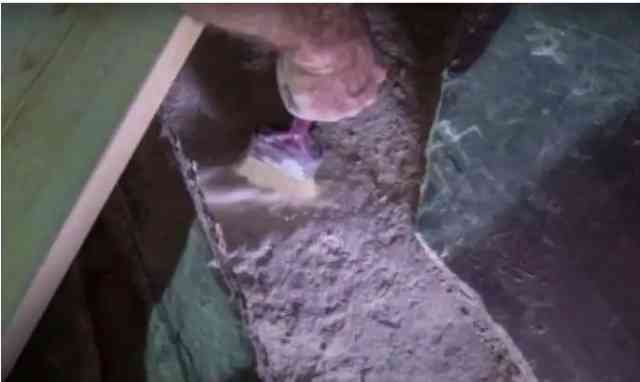
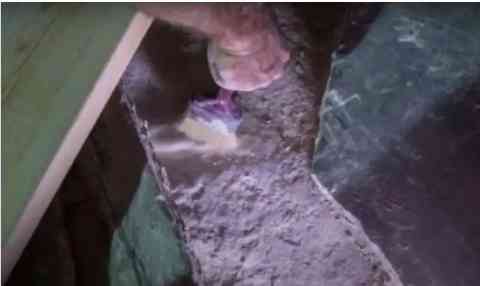
Unknown to the researchers, beneath the marble placed by the Franciscans in 1555 was a second, older slab. This discovery came as a complete surprise. The top slab was milky white, while the one beneath it was gray, suggesting it was much older. What truly stunned the team was what they saw on the gray marble’s surface: a beautifully carved cross etched into the center of the stone.
What does this mean?
The discovery of the second marble slab, hidden beneath the one laid in 1555, has sparked significant debate among historians eager to uncover its origin. The intricately carved cross on the surface has led some experts to suggest it was added during the Crusader period as a symbol of their conquest of Jerusalem.
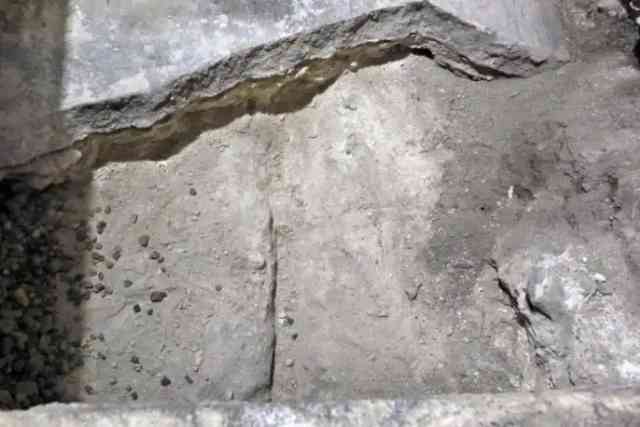
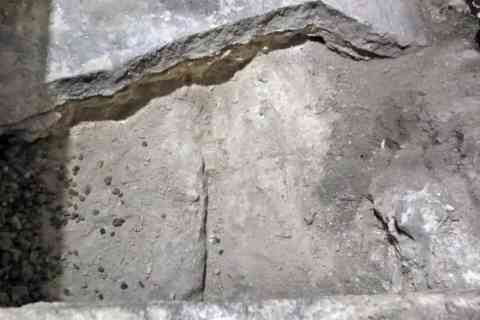
Others think the visible crack in the slab may have been caused by Arab forces during an attack around 1009—predating the Crusades—or perhaps even earlier. While theories vary, the research team agreed on one point: the slab, along with the surrounding stonework, is at least 500 years old. But the big question remains—can its exact age be scientifically confirmed?
Racing against time
Determining the exact age of the newly uncovered tomb will require detailed scientific analysis. In just two days, the team gathered as many rock samples as they could from deep inside the burial chamber. These samples were sent to a lab for dating, but the final results will take about a year to be completed.
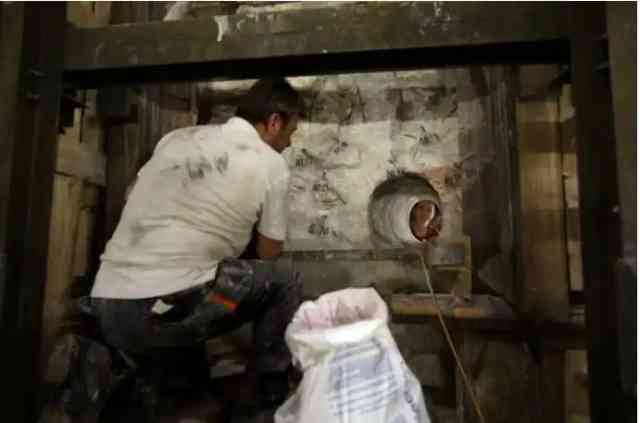
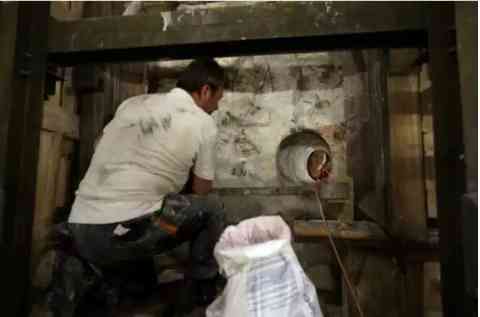
Archaeologist Martin Biddle has conducted pioneering research around the church area near the aedicule, using miniature robotic cameras and thermal imaging to create virtual reconstructions of possible shrines built atop the tomb. Based on his findings, Biddle believes the site has remained untouched since Constantine’s era—but this theory has yet to be confirmed.
Laboratory data findings
In 2016, the excavation team applied a technique called optically stimulated luminescence (OSL) to date the materials collected from the tomb. This method reveals the last time the materials were exposed to light, offering a scientific way to determine the age of the chamber.
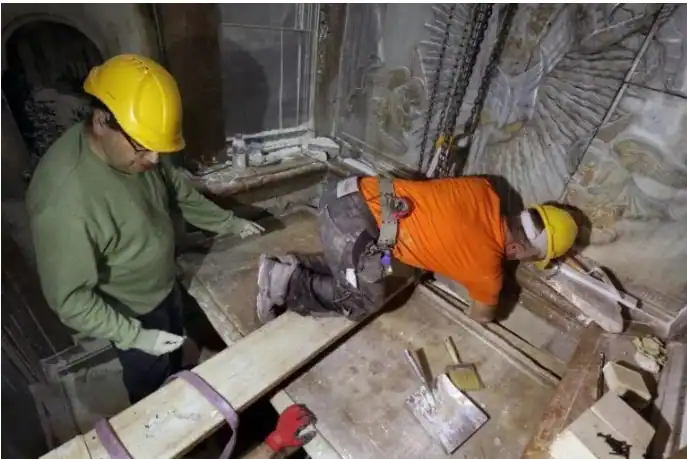

After nearly a year of analysis, the results were in. The data indicated that the tomb slab and the concealed lid were last exposed in the 4th century—aligning with the time Emperor Constantine constructed the original Church of the Holy Sepulchre. This finding confirmed earlier beliefs that the site dates back to Constantine’s era, even though some prior evidence had linked it to the earlier Roman period before Christianity spread.
Additional proof
As excavations continued deeper into the chamber, more discoveries emerged that could strengthen the archaeological record. The dating of both the marble slab and the hidden lid was confirmed through an analysis of mortar taken from the tomb’s southern wall.
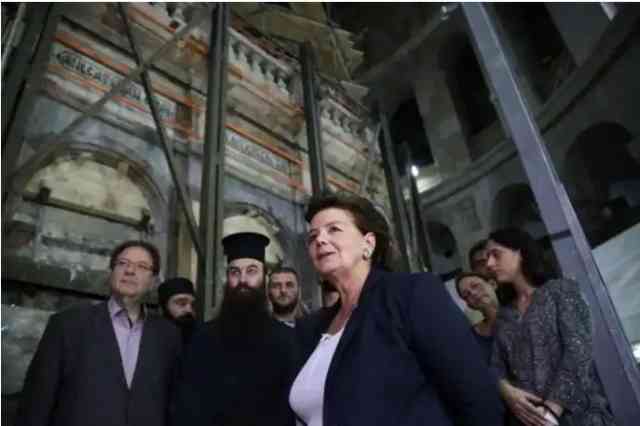
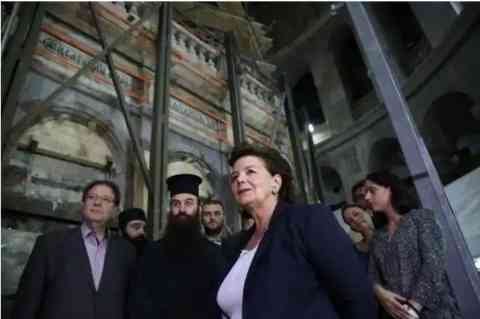
This was a major breakthrough for the Athens research team and the monks overseeing the project. Given the sacred nature of the site, it’s unlikely the marble slabs or the tomb chamber will ever be opened again. These findings revealed new insights that have the potential to reshape global understanding of Christianity’s most sacred location—sending shockwaves around the world.
Converting skeptics into believers
In light of the recent discoveries, even some of the most prominent critics in the field of archaeology have shifted their views. Experts who once questioned the authenticity of Jesus’ tomb are now reconsidering their stance.
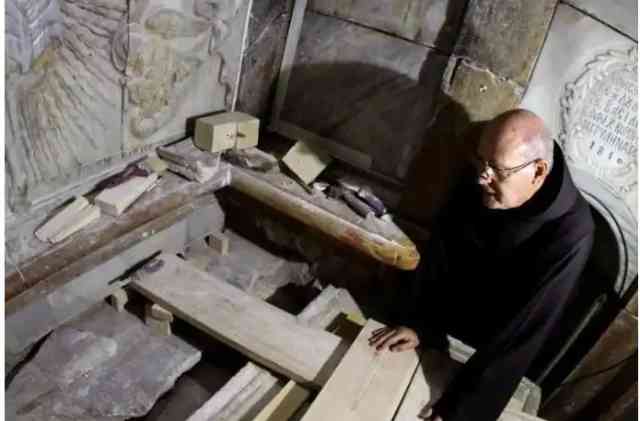
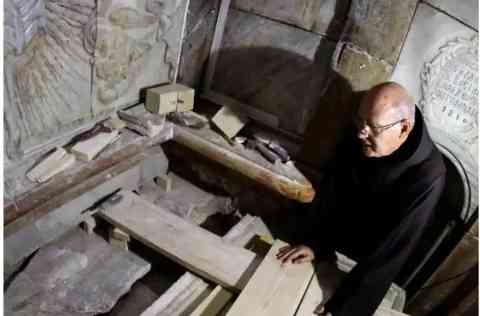
Renowned Israeli archaeologist Dan Bahat publicly acknowledged that there is no longer any reason to doubt Virgilio Corbo’s assertion that the Church of the Holy Sepulchre stands on nearly the exact spot it was originally built almost two thousand years ago.
Evidence
“We truly have no reason to doubt the authenticity of this site,” says Dan Bahat, though he admits there’s no definitive proof that Jesus’ body was buried directly beneath the current aedicule. Still, no other location holds as strong a claim.
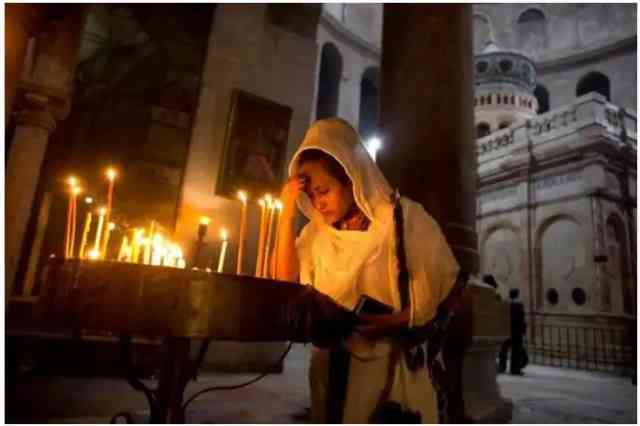
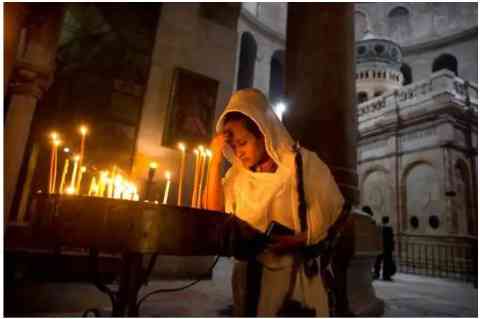
The findings from the 2016 excavation persuaded several experts, even as many Protestant scholars and archaeologists continue to argue that the real burial site lies outside Jerusalem’s Old City, at a place known as the Garden Tomb.
Why does this matter?
While archaeologists and those pursuing historical truth will undoubtedly continue uncovering evidence that sheds light on the physical backdrop of biblical events, the discoveries made by the Athens team hold little sway over devoted believers.
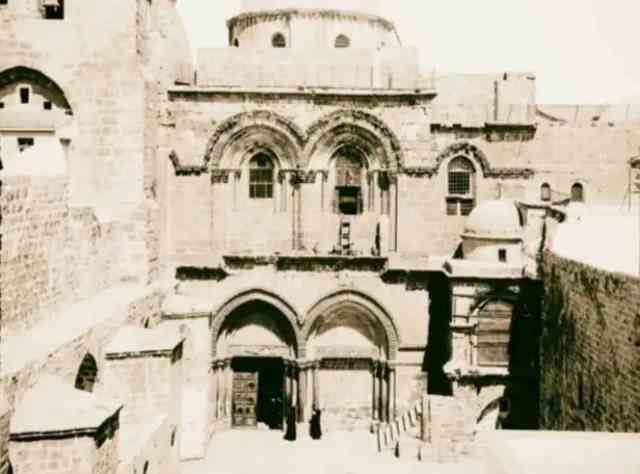
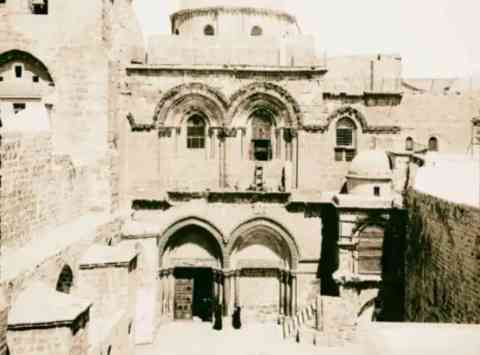
A visit to Jerusalem offers a clear example of this. First-time visitors are often deeply moved by the city’s historical atmosphere. In the Old City, one can witness pilgrims celebrating, praying, weeping, blessing their children, and experiencing profound spiritual moments. For them, the authenticity of these sacred places isn’t a matter of evidence—it’s rooted firmly in faith.
Finding ancient inscriptions
Alongside the hidden marble slabs, researchers uncovered ancient inscriptions etched into the stone walls of the tomb. Written in both Greek and Latin, these carvings offer valuable insight into the tomb’s historical use throughout the centuries.
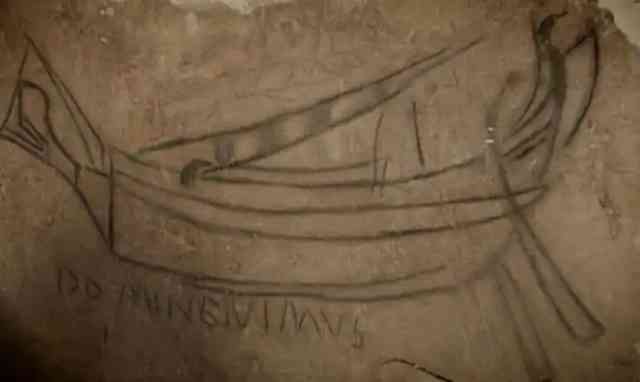
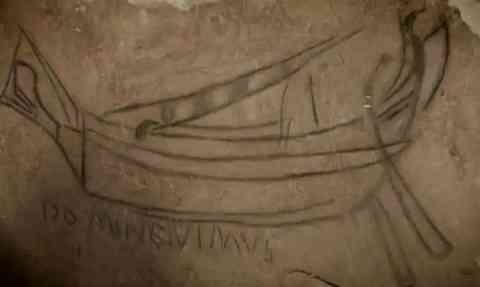
Many of the inscriptions appear to be prayers and pleas for protection and blessings, likely left by early Christian pilgrims who visited the site.
Unearthing religious artifacts
Excavations within the tomb chamber revealed numerous religious items, including fragments of ancient crosses, pottery shards, and small coins from various historical eras.
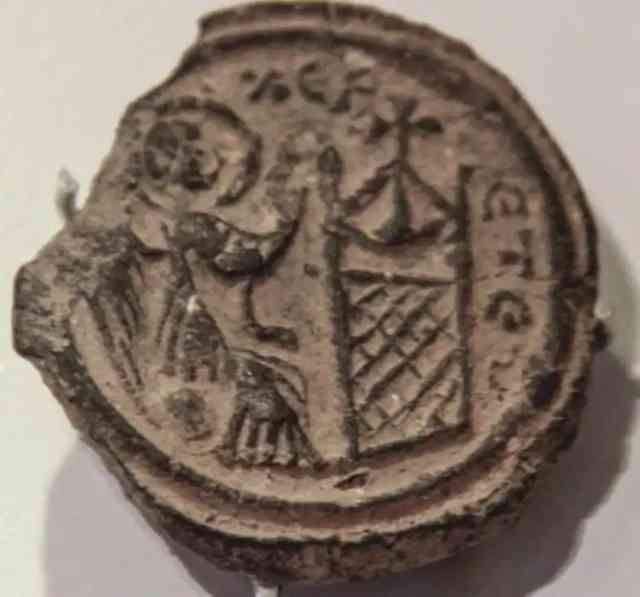
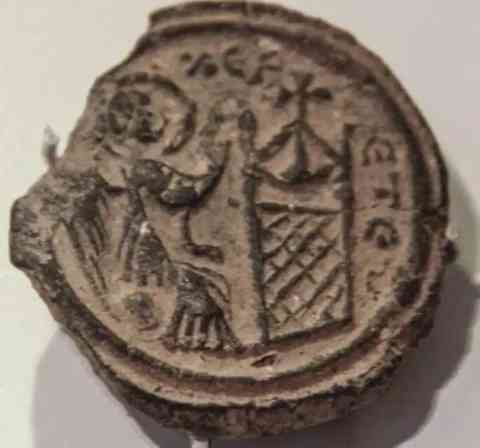
These objects were meticulously cataloged and studied, providing valuable information about the diverse periods of religious activity that took place at the site.
The impact of modern technology
The restoration effort depended greatly on cutting-edge technology to both explore and protect the ancient site. Techniques like 3D scanning and ground-penetrating radar allowed researchers to create detailed maps of the tomb and pinpoint key areas of interest without disturbing the structure.
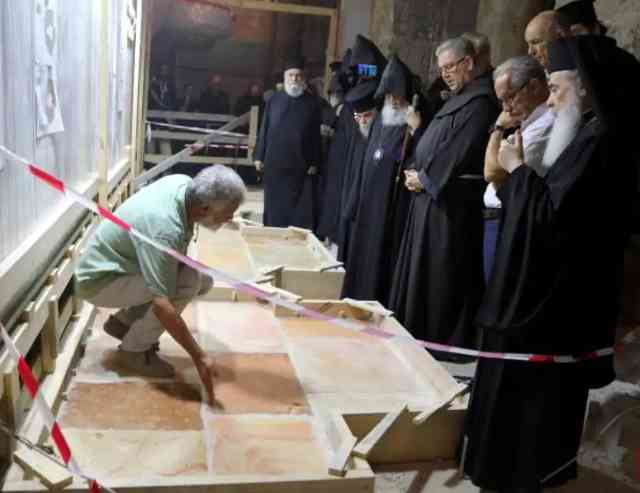
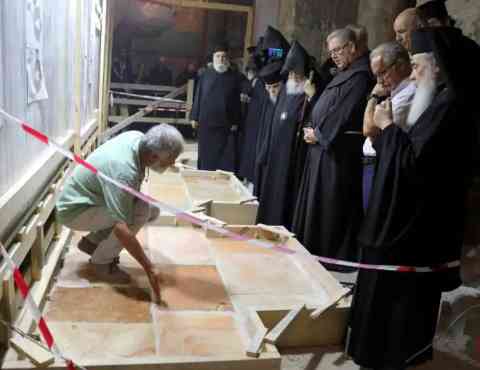
This high-tech approach helped preserve the tomb’s integrity throughout the entire excavation.
The tomb’s historical importance
Jesus’ tomb holds significance that extends beyond its religious meaning. It stands as a crucial archaeological site, offering important insights into early Christian rituals and the Roman period.
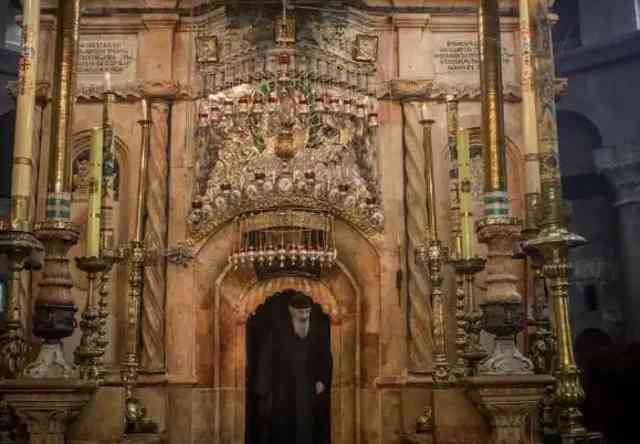
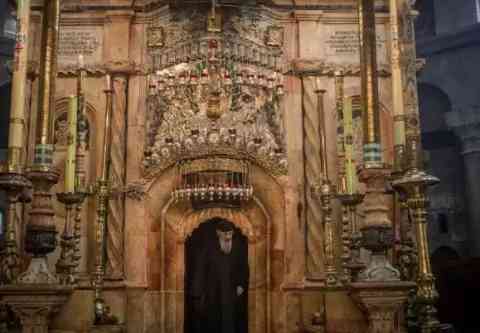
The findings from the tomb help deepen our understanding of the historical backdrop in which Christianity first emerged and evolved.
Challenges in conservation
Preserving the tomb posed multiple difficulties, particularly in balancing advanced conservation methods with respect for longstanding religious traditions.
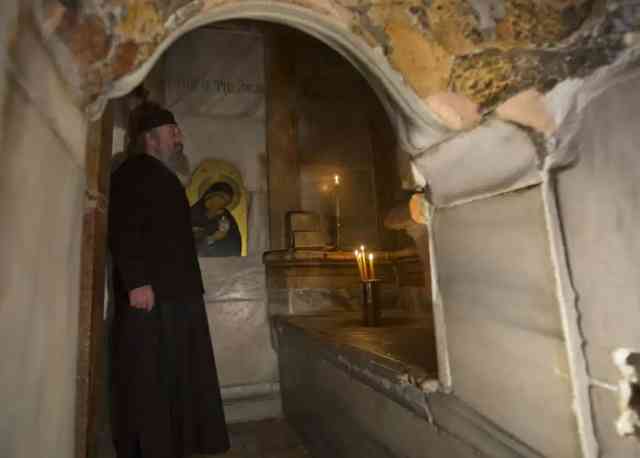
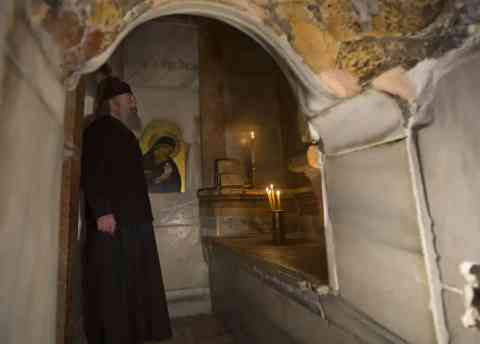
The team faced complex tasks like ensuring the structural stability of the tomb while still permitting access for ongoing religious ceremonies and pilgrimages.
The importance of pilgrimages
The Basilica of the Holy Sepulchre continues to be a vital pilgrimage site for Christians worldwide. Visitors come to honor the sacred place, find spiritual renewal, and deepen their connection to the historical foundations of their faith.
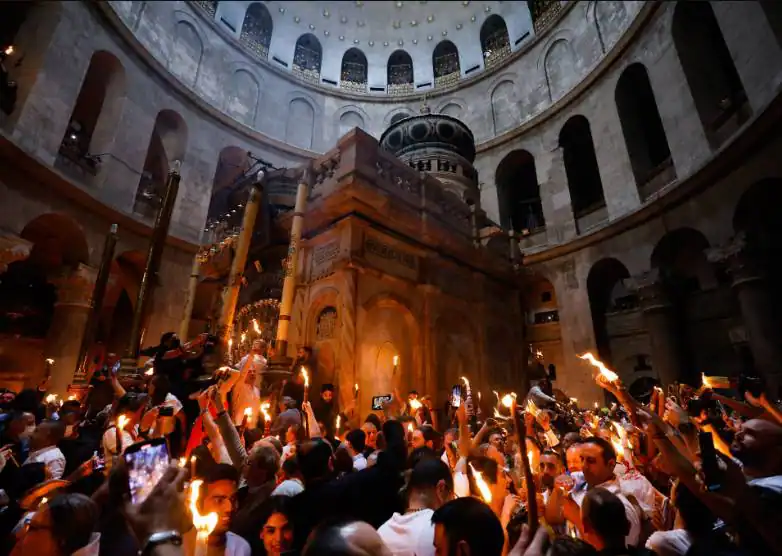

Restoration efforts are ongoing to improve the experience for pilgrims while safeguarding the site’s historical authenticity.
Understanding through early Christian writings
The excavation team studied early Christian texts to better grasp the tomb’s historical and spiritual importance.
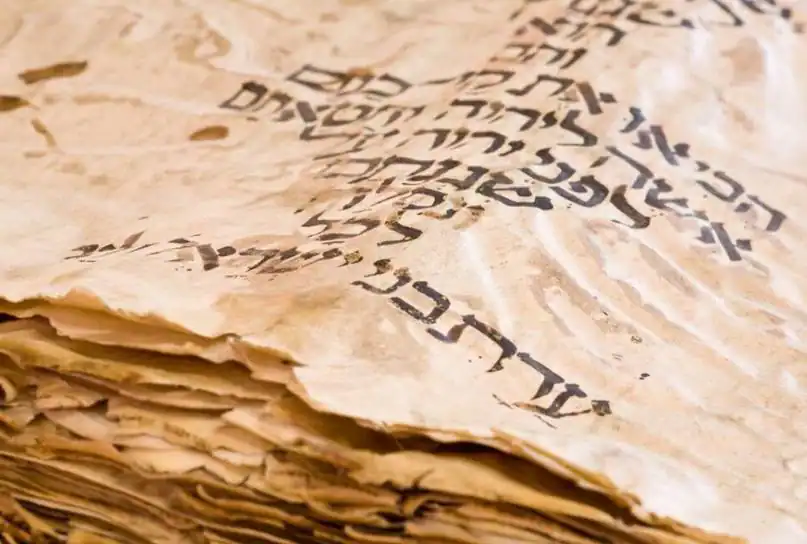

Works by early church fathers and other historical records offered crucial context, helping researchers interpret their discoveries and appreciate the tomb’s role in the worship practices of early Christianity.
Impact On Biblical Teaching
Findings from the restoration have a profound impact on biblical scholarship. These revelations offer fresh evidence that may either reinforce or question established interpretations of biblical stories.
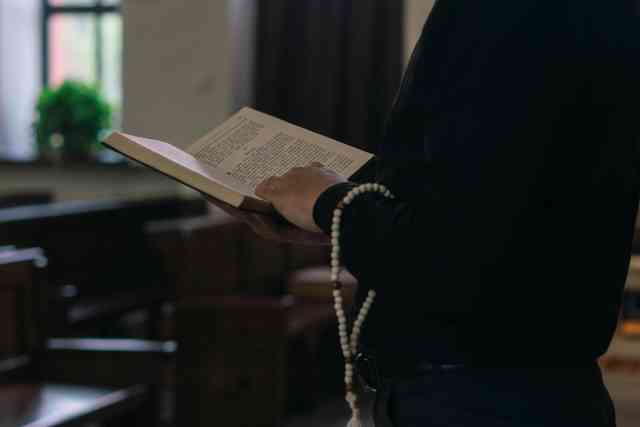
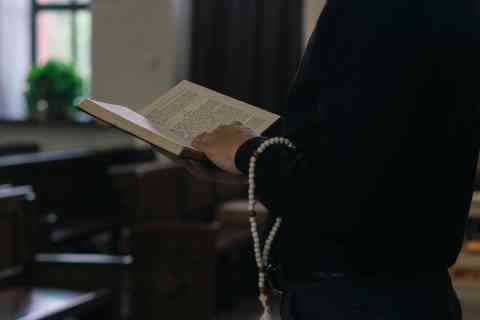
As a result, scholars are reassessing historical records and revisiting theories surrounding the origins of the Christian era based on the newly uncovered information.
Cooperation With Religious Leaders
The restoration project involved close coordination with leaders of the Roman Catholic, Armenian Apostolic, and Greek Orthodox churches.
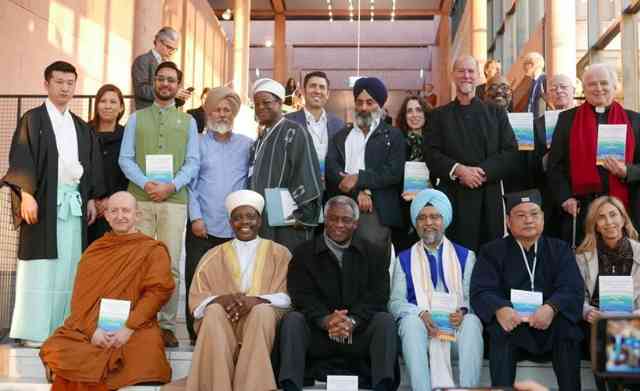
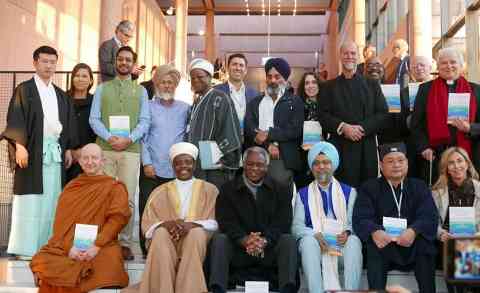
These religious figures were instrumental in overseeing the restoration, ensuring that the efforts honored sacred traditions while also supporting scientific exploration.
Opportunities for future research
The successful restoration and excavation of Jesus’ tomb have paved the way for further study. Archaeologists and historians are preparing to investigate other parts of the Church of the Holy Sepulchre and its surrounding areas.
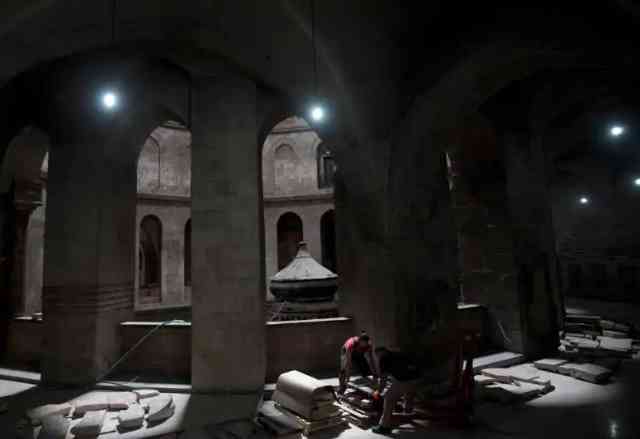
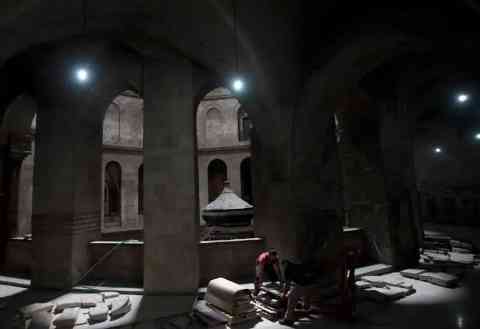
These upcoming projects aim to discover more historical artifacts and enhance our understanding of the site’s overall importance.
Public engagement and education
The restoration discoveries sparked widespread public fascination, boosting interest in the Church of the Holy Sepulchre’s historical and religious importance.
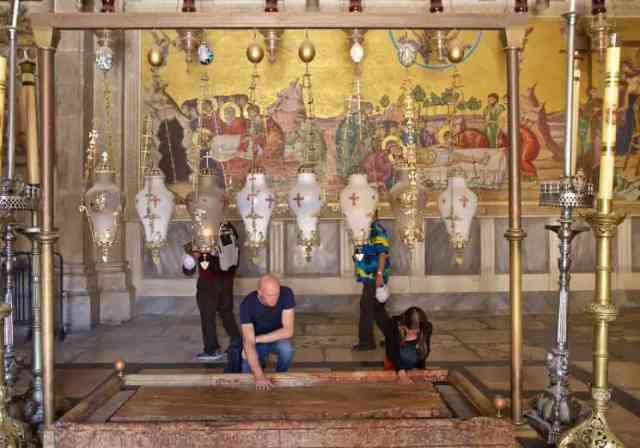
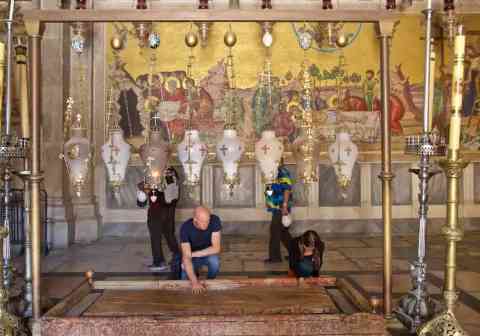
In response, educational programs and exhibitions were created to share these findings with a broader audience, enhancing public knowledge and appreciation of this significant site.
Theological significance
The findings at the tomb have ignited theological discussions, prompting religious scholars to revisit and reassess their understanding of early Christian history.
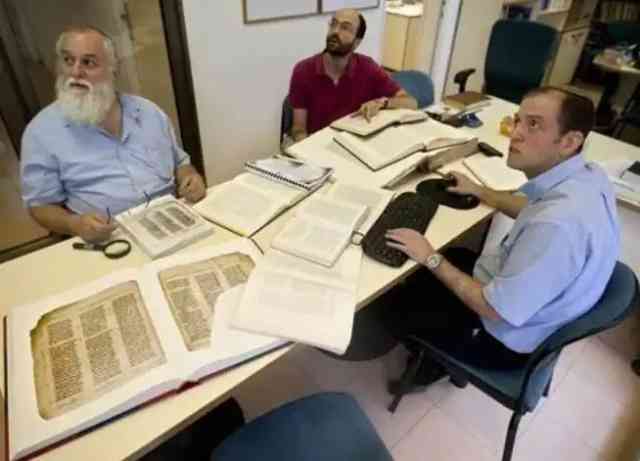
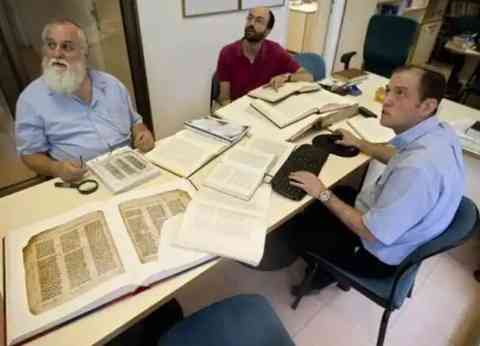
These discoveries provide fresh perspectives on the historical Jesus and the early Christian community, shaping modern theological reflections and debates.
Conservation methods
The restoration employed advanced conservation techniques aimed at stabilizing and safeguarding the tomb.
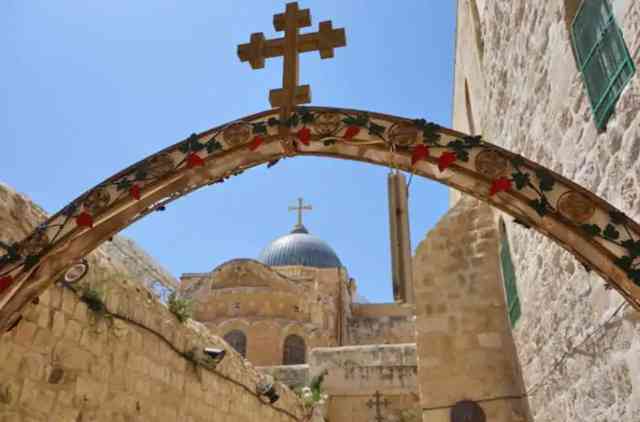
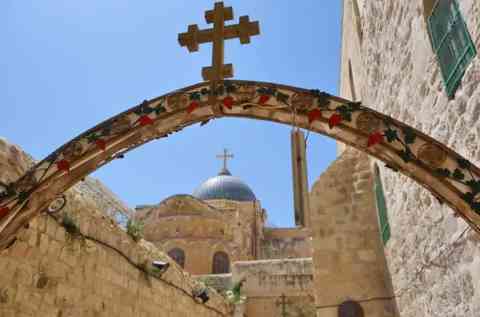
By using non-invasive approaches to reinforce the structure, the team ensured its preservation for generations to come. This successful project established a new benchmark for protecting ancient religious landmarks.
Community participation
Local communities played an active role in the restoration, assisting with conservation work and strengthening their ties to their cultural heritage.
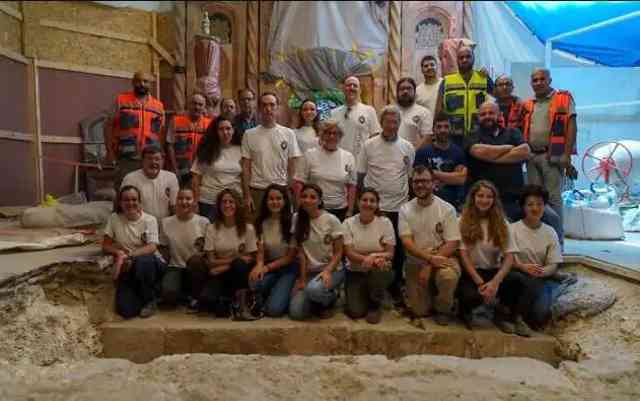
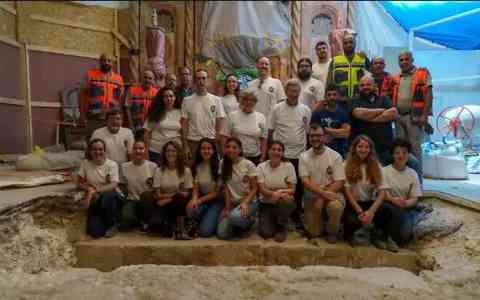
Engagement initiatives were implemented to involve residents, allowing them to contribute to the project and deepen their understanding of the site’s historical importance.
Cultural heritage significance
The Basilica of the Holy Sepulchre serves not only as a place of worship but also as a vital cultural heritage landmark.
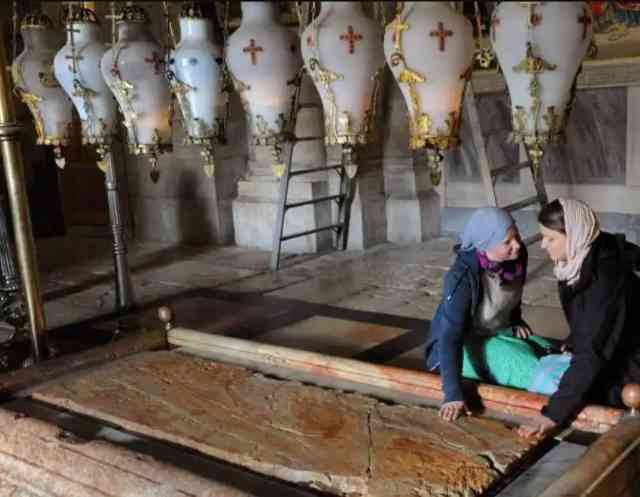
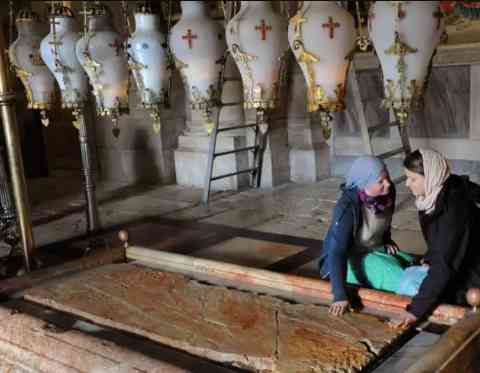
The restoration underscored the need to protect such sites for their historical, cultural, and religious importance. These efforts emphasize the broader responsibility of preserving cultural heritage for the benefit of future generations.
Media attention
The restoration and excavation of Jesus’ tomb garnered extensive media coverage, capturing global interest.
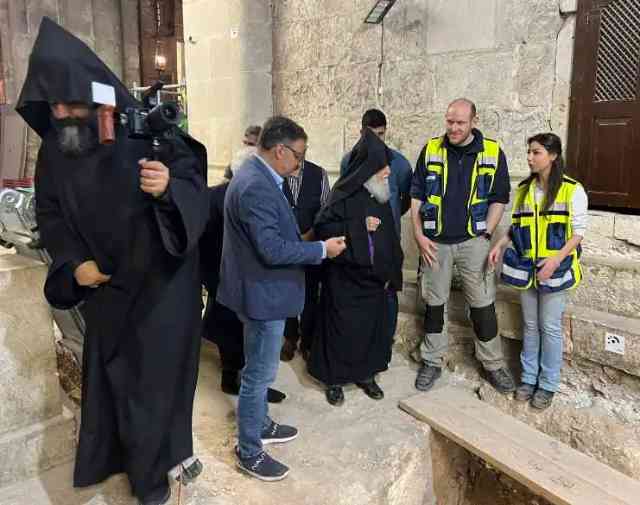
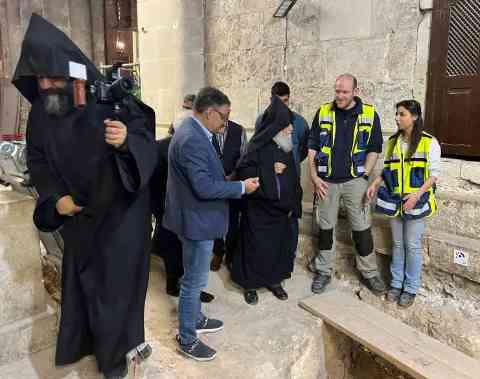
News outlets around the world reported on the discoveries, sharing the story of the tomb’s restoration and showcasing the blend of archaeology, history, and religion to a wide audience.
Scientific impact
The restoration project made significant contributions to archaeology by offering fresh data and insights into ancient building methods and religious customs.
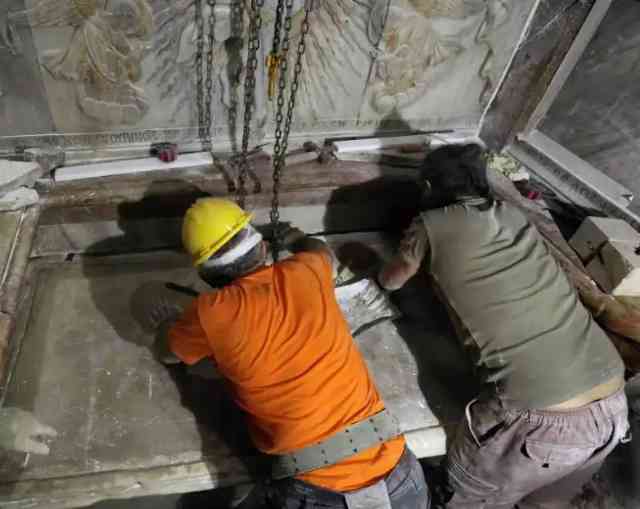
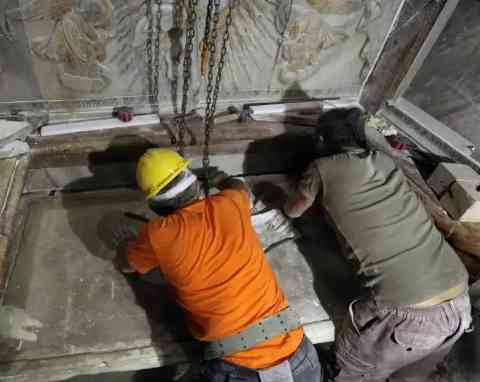
Scientific examination of the discoveries expanded knowledge of early Christian history and the Roman era, enhancing our understanding of these time periods.
Religious significance
For countless believers, the restoration of Jesus’ tomb has reaffirmed the spiritual importance of the Church of the Holy Sepulchre.
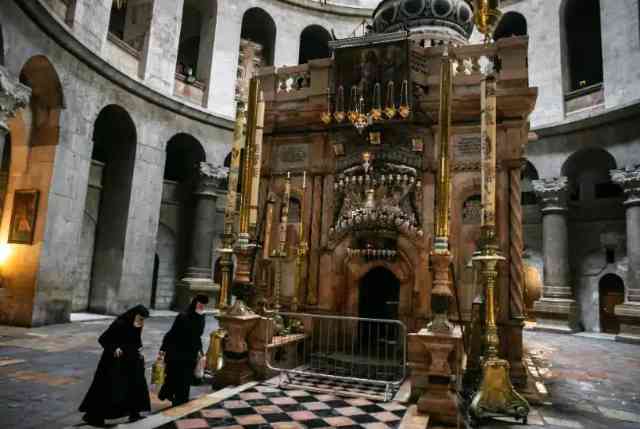
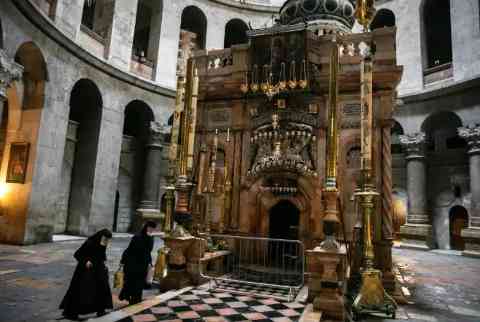
The findings uncovered during the project have bolstered their faith and deepened their bond with Christianity’s historical foundations, solidifying the site’s status as a vital place of pilgrimage and worship.
The importance of archaeology
This project underscored archaeology’s crucial role in revealing historical realities and safeguarding cultural heritage.
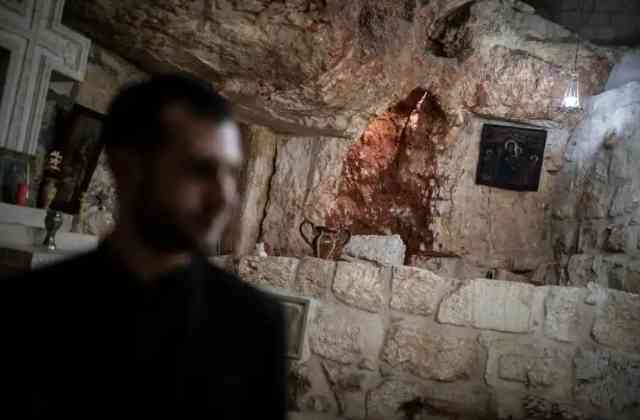
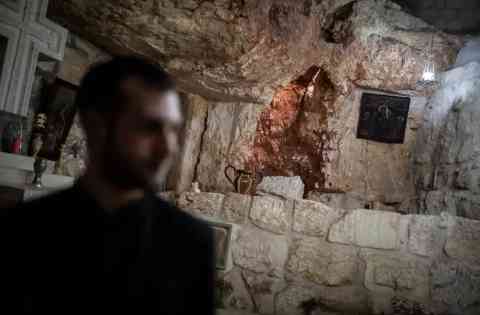
By merging traditional archaeological methods with modern technology, the team achieved groundbreaking findings that enhance our knowledge of history and guide future investigations.
Working across disciplines
The success of the restoration project was partly thanks to the close collaboration between archaeologists, historians, theologians, and scientists.


This interdisciplinary teamwork allowed for a thorough understanding of the discoveries and supported a well-rounded conservation plan that balanced both scientific and religious concerns.
Effects on tourism
The discoveries and restoration efforts have positively influenced tourism, drawing more visitors to the Basilica of the Holy Sepulchre.
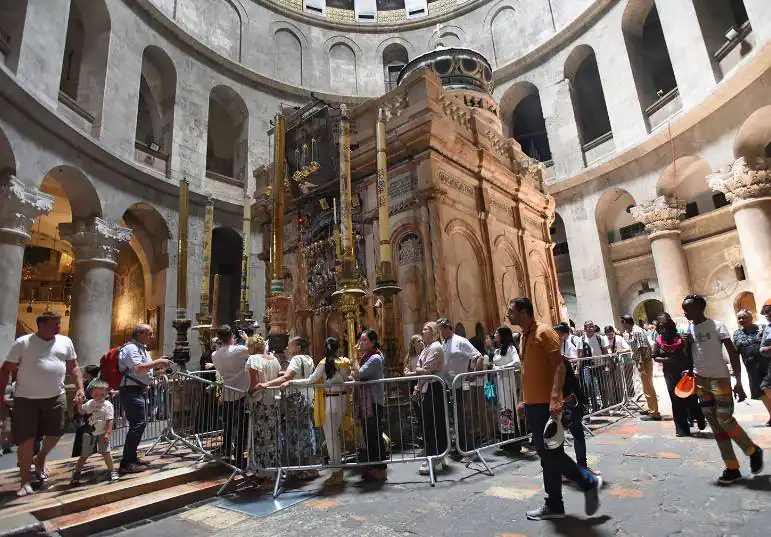

Improved access to the site, along with growing interest in its historical importance, have helped boost tourism, supporting the local economy and encouraging cultural exchange.
Global attention
The restoration project garnered worldwide interest, attracting scholars and religious leaders from many countries who closely monitored its developments.
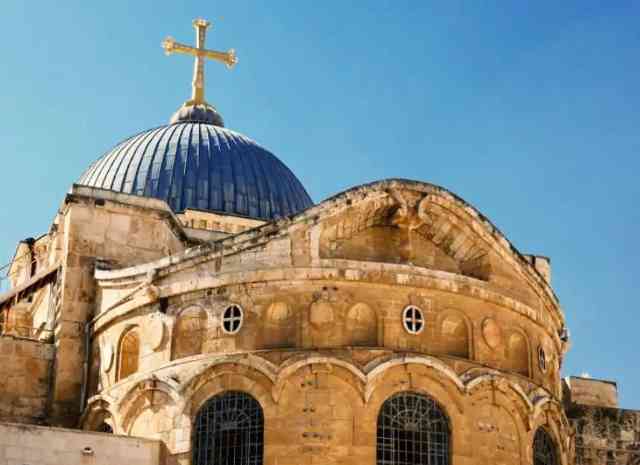
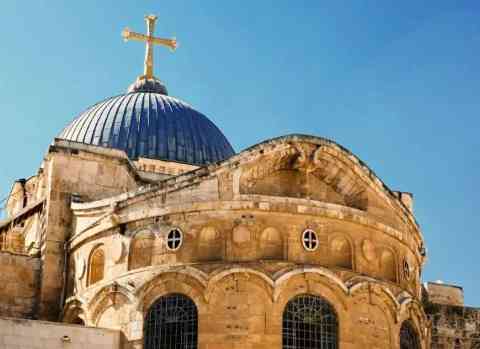
Its findings were shared at international conferences and symposia, playing a key role in global conversations about archaeology, history, and religion.
Educational initiatives
Programs have been created to share the restoration project’s findings with both students and the wider public.
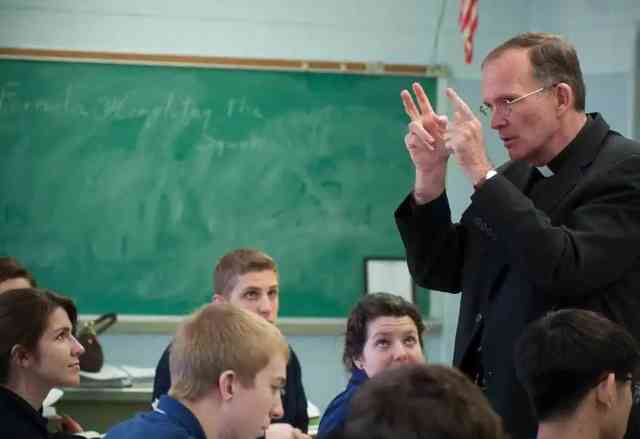
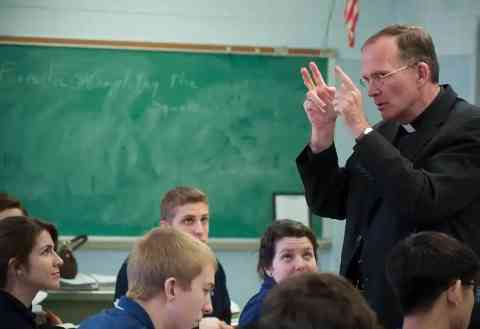
These initiatives aim to teach people about the Basilica of the Holy Sepulchre’s historical and religious importance, encouraging a greater appreciation of the site’s heritage.
The future of biblical archaeology
The restoration of Jesus’ tomb has established a model for upcoming biblical archaeology endeavors.
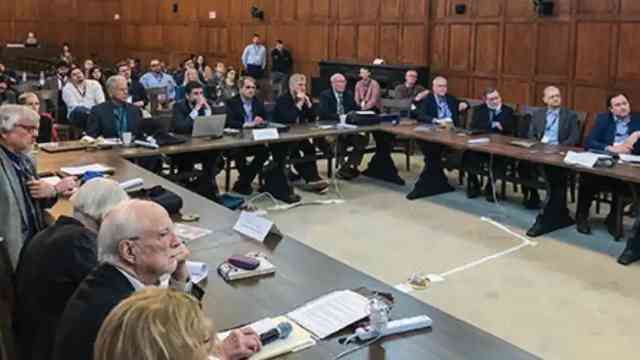
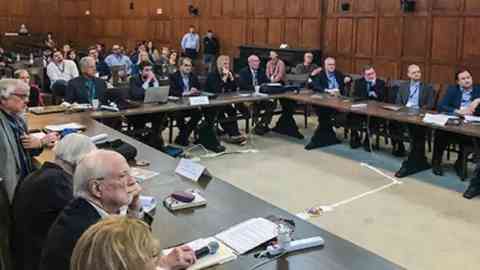
Its success highlights the power of blending traditional excavation techniques with advanced technology to reveal historical facts and protect cultural heritage, motivating further research in this discipline.
Personal pilgrimages
Countless visitors to the restored tomb have shared deeply moving experiences and spiritual renewal.
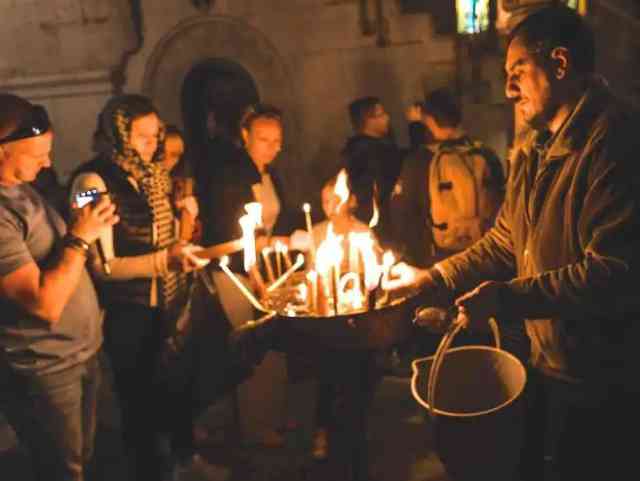
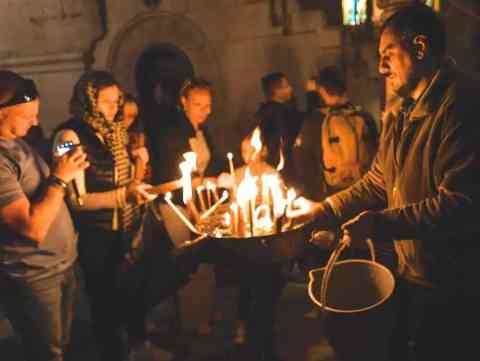
The restoration has enriched the pilgrimage journey, enabling people to strengthen their faith and feel a closer connection to Christianity’s historical origins.
Ongoing conservation efforts
The restoration project marked the start of a continuous conservation initiative aimed at safeguarding the Basilica of the Holy Sepulchre for the long term.
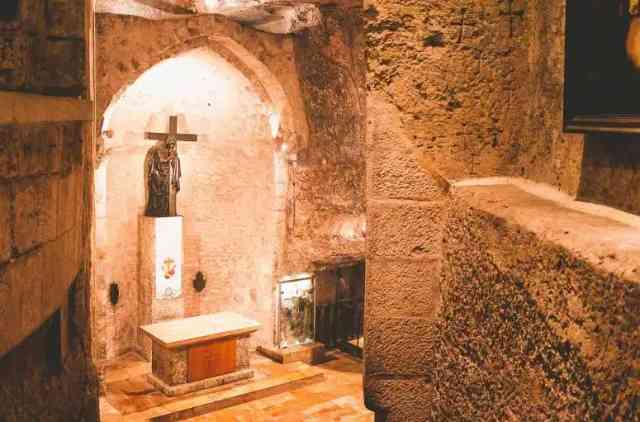
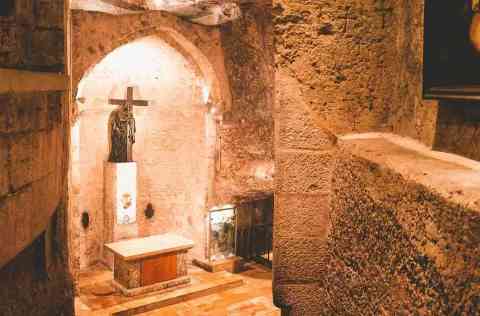
Ongoing monitoring and maintenance are vital to prevent future deterioration and to preserve the site’s historical and religious value for generations to come.
Uncovering historical truths
The finding of the tomb beneath the Church of the Holy Sepulchre has reignited interest in biblical archaeology. Researchers are now more motivated than ever to explore other ancient sites referenced in religious scriptures.
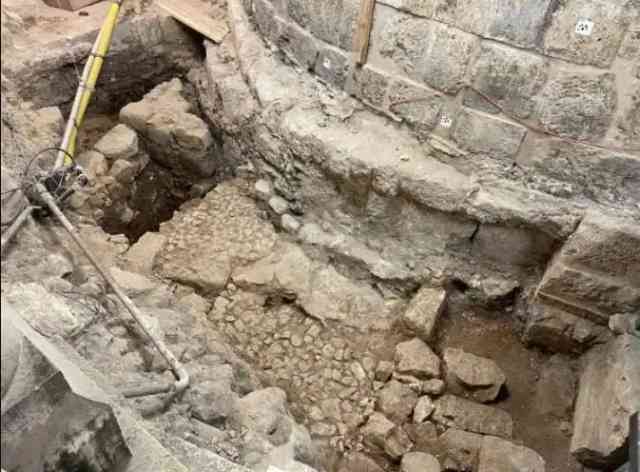
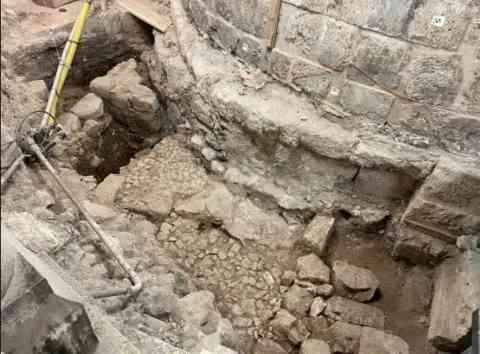
This discovery has sparked numerous excavation projects across Israel, aiming to uncover further evidence connecting historical events with biblical narratives. Each new dig holds the possibility of either supporting or challenging long-standing beliefs and traditions.
Modern technology merges with ancient history
Cutting-edge technologies like optically stimulated luminescence and robotic mini-cameras have transformed archaeological research. These tools enable precise dating and thorough analysis while minimizing harm to the sites under study.
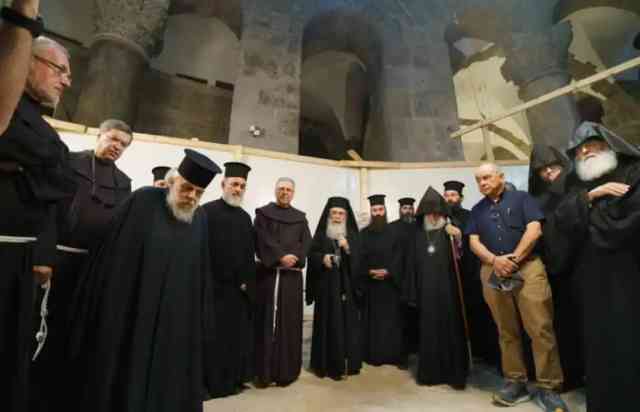
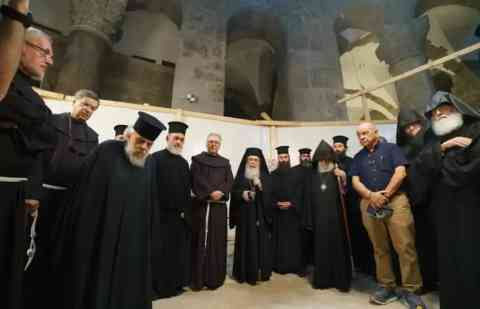
The successful 2016 excavations at the Basilica of the Holy Sepulchre established a new benchmark for future archaeological projects. This blend of modern science and historical inquiry promises to uncover even more intriguing discoveries in the years ahead.
Faith’s role in archaeological exploration
While scientists eagerly anticipate the historical insights these discoveries may bring, the religious community interprets them through the perspective of faith. For many believers, the tangible evidence uncovered at sacred sites strengthens their spiritual bond and affirms their convictions.

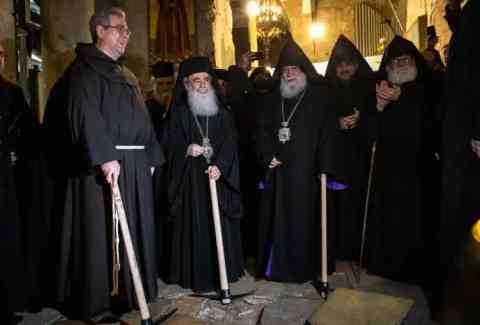
Pilgrims visiting the Church of the Holy Sepulchre frequently describe feelings of deep peace and wonder, highlighting how these findings serve not only as historical artifacts but also as powerful affirmations of faith.